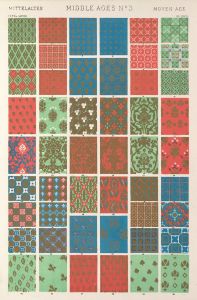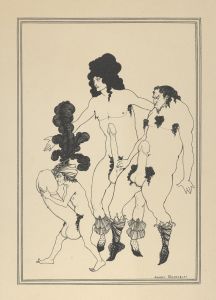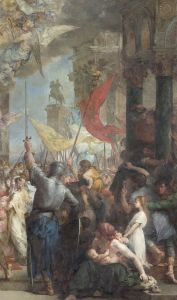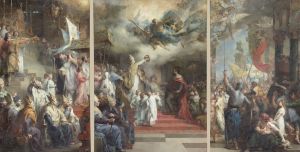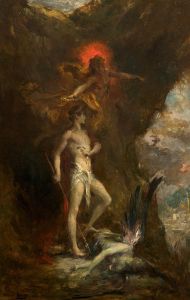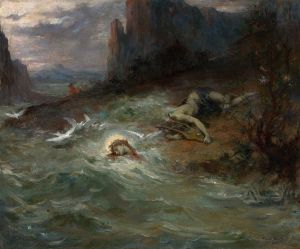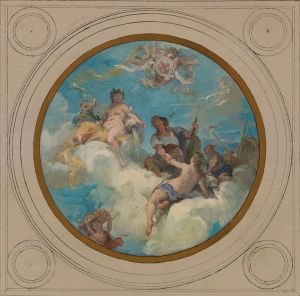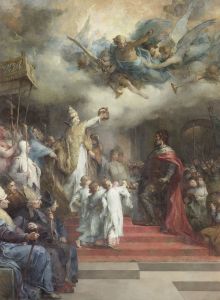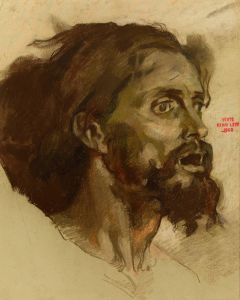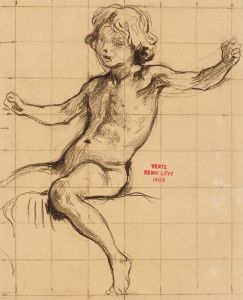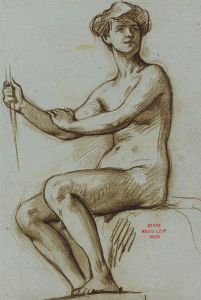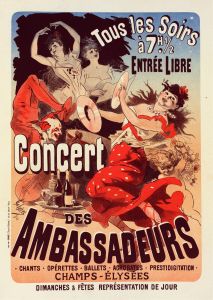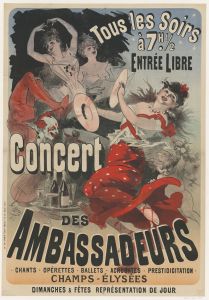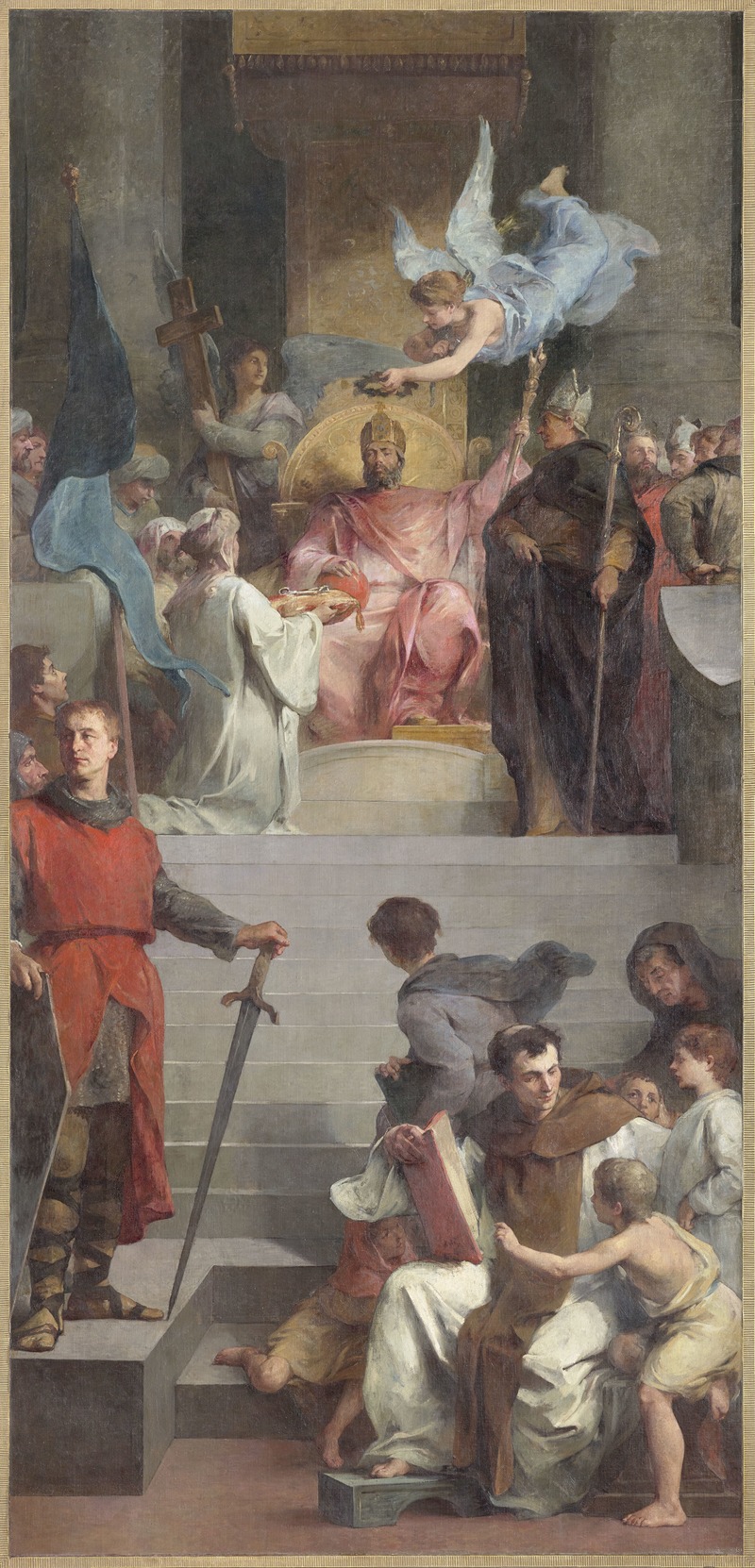
Les ambassadeurs de Haroun al Rashid offrent les clefs du Saint Sépulcre à Charlemagne
A hand-painted replica of Henri Leopold Lévy’s masterpiece Les ambassadeurs de Haroun al Rashid offrent les clefs du Saint Sépulcre à Charlemagne, meticulously crafted by professional artists to capture the true essence of the original. Each piece is created with museum-quality canvas and rare mineral pigments, carefully painted by experienced artists with delicate brushstrokes and rich, layered colors to perfectly recreate the texture of the original artwork. Unlike machine-printed reproductions, this hand-painted version brings the painting to life, infused with the artist’s emotions and skill in every stroke. Whether for personal collection or home decoration, it instantly elevates the artistic atmosphere of any space.
Henri Leopold Lévy's painting "Les ambassadeurs de Haroun al Rashid offrent les clefs du Saint Sépulcre à Charlemagne" is a notable work that captures a significant historical and legendary moment. Lévy, a French painter born in 1840, was known for his historical and religious subjects, and this painting is one of his works that delves into the rich tapestry of medieval history.
The painting depicts a legendary event involving Charlemagne, the King of the Franks and later Emperor of the Carolingian Empire, and Harun al-Rashid, the fifth Abbasid Caliph. Harun al-Rashid reigned during the Islamic Golden Age, a period marked by significant cultural, economic, and scientific achievements in the Muslim world. Charlemagne, on the other hand, is often credited with uniting much of Western Europe during the early Middle Ages and laying the foundations for modern France and Germany.
The scene portrayed in Lévy's painting is based on accounts of diplomatic exchanges between Charlemagne and Harun al-Rashid. According to historical sources, including the Royal Frankish Annals, Harun al-Rashid sent a series of embassies to Charlemagne, which were reciprocated by the Frankish ruler. These exchanges were part of a broader context of diplomatic relations between the Christian and Muslim worlds during this period.
One of the most famous gifts from Harun al-Rashid to Charlemagne was an elephant named Abul-Abbas, which became a symbol of the exotic and distant lands of the Abbasid Caliphate. However, the painting focuses on another legendary gift: the keys to the Church of the Holy Sepulchre in Jerusalem. The Church of the Holy Sepulchre is one of the holiest sites in Christianity, believed to be the site of Jesus Christ's crucifixion and resurrection.
The gifting of the keys, as depicted by Lévy, symbolizes a gesture of goodwill and mutual respect between the two great leaders, despite the religious and cultural differences of their respective empires. It also reflects the complex political and religious dynamics of the time, where alliances and diplomacy often transcended religious divides.
Lévy's artistic style in this painting is characterized by its attention to detail and the dramatic portrayal of historical figures. The composition likely aims to convey the grandeur and significance of the event, with Charlemagne depicted as a powerful and revered ruler receiving the keys from the ambassadors of Harun al-Rashid.
While the historical accuracy of the specific event of gifting the keys is debated among historians, the painting remains an important cultural artifact that illustrates the interactions between the Christian and Muslim worlds during the early medieval period. It serves as a reminder of the historical connections and exchanges that have shaped the course of history.
Henri Leopold Lévy's work, including this painting, contributes to the broader understanding of historical narratives and the ways in which art can capture and interpret significant events. Through his depiction of this legendary diplomatic exchange, Lévy provides a visual representation of a moment that, whether factual or symbolic, continues to intrigue and inspire discussions about medieval history and intercultural relations.





